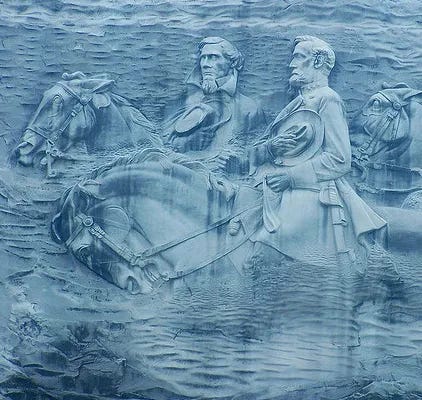Honor, shame, and the Gospel in the American South: Part I
Written for Covenant, blog of The Living Church, March 30, 2015

I recently read a guest post by Jackson Wu on Ed Stetzer’s blog The Exchange.
“4 Keys to Evangelism in Honor-Shame Cultures” discusses the different approaches that might animate a presentation of the gospel in an honor-shame culture as opposed to a conscience-guilt culture. Most of the United States is dominated by a conscience-guilt culture. But scholars of the American South have argued that the culture of the region has been predominantly an honor-shame culture.
Most folks probably identify the cultures of Asia with the tendencies that define honor-shame cultures. However, Wu notes that “so-called “honor-shame” cultures exist in the East and the West.” Indeed, there are often subcultures within a society that maintain a contrasting paradigm to the dominant culture.
In the series of posts which follow, I plan to discuss the particular honor-shame dynamic of the American South, specifically how it is deeply bound with issues of race and class. Then I will take a look at a specific instance of a Christian challenge to injustice that seems to take into account the honor-shame paradigm of the region. Finally, I will look at Wu’s “4 keys” and discuss the ways in which they could be helpful for those of us ministering in the South.
Southern Honor, Southern Shame
In many ways, Southern culture is honor-shame based. Even as the culture of the region is shifting (and these notions may be giving way in favor of a more general American sensibility), they are not of passing historical or sociological interest. This is particularly so since the honor-shame paradigm is so entrenched in the history of racial and class conflict. This raises the question of whether Wu’s insights in regard to presenting the gospel in honor-shame based societies could be considered and fruitfully employed by those ministering in the American South. I believe that they can be helpful and that his insights might provide a way forward for Christians to address some of the lingering ills of race and class division in our region.
The social structure of the American South was determined in the antebellum years by the reality of race-based slavery, and in the postwar period by the reality of slavery’s fitful end and the slide into Jim Crow. The rise of the civil rights movement and all that has transpired since has left the South dealing with and reacting to these issues of honor and shame.
The most effective cinematic portrayal of the Southern honor and shame paradigm that I have seen recently is the movie 12 Years a Slave. I contend that it is a film that — along with Schindler’s list — should be required viewing at some point in high school or college.
The dynamic depicted so well in the film is the underlying violence and palpable sense of coiled tension running underneath the polite veneer of antebellum society. Throughout the film, one gets the sense that, over and above the cruelty employed to maintain order, even greater violence was promised and close at hand. One clear example of the promise and requirement that dishonor be met with violence occurs when Solomon Northup (the man whose journal the film is based on) offers what is perceived as an insult to a working-class white man. I don’t believe it is giving too much away to say that this perceived insult spawns a great deal of trouble for Solomon as the man in question seeks to expunge the shameful mark on his character — that is, to save face — so that he is not exposed and opened to violence himself.


